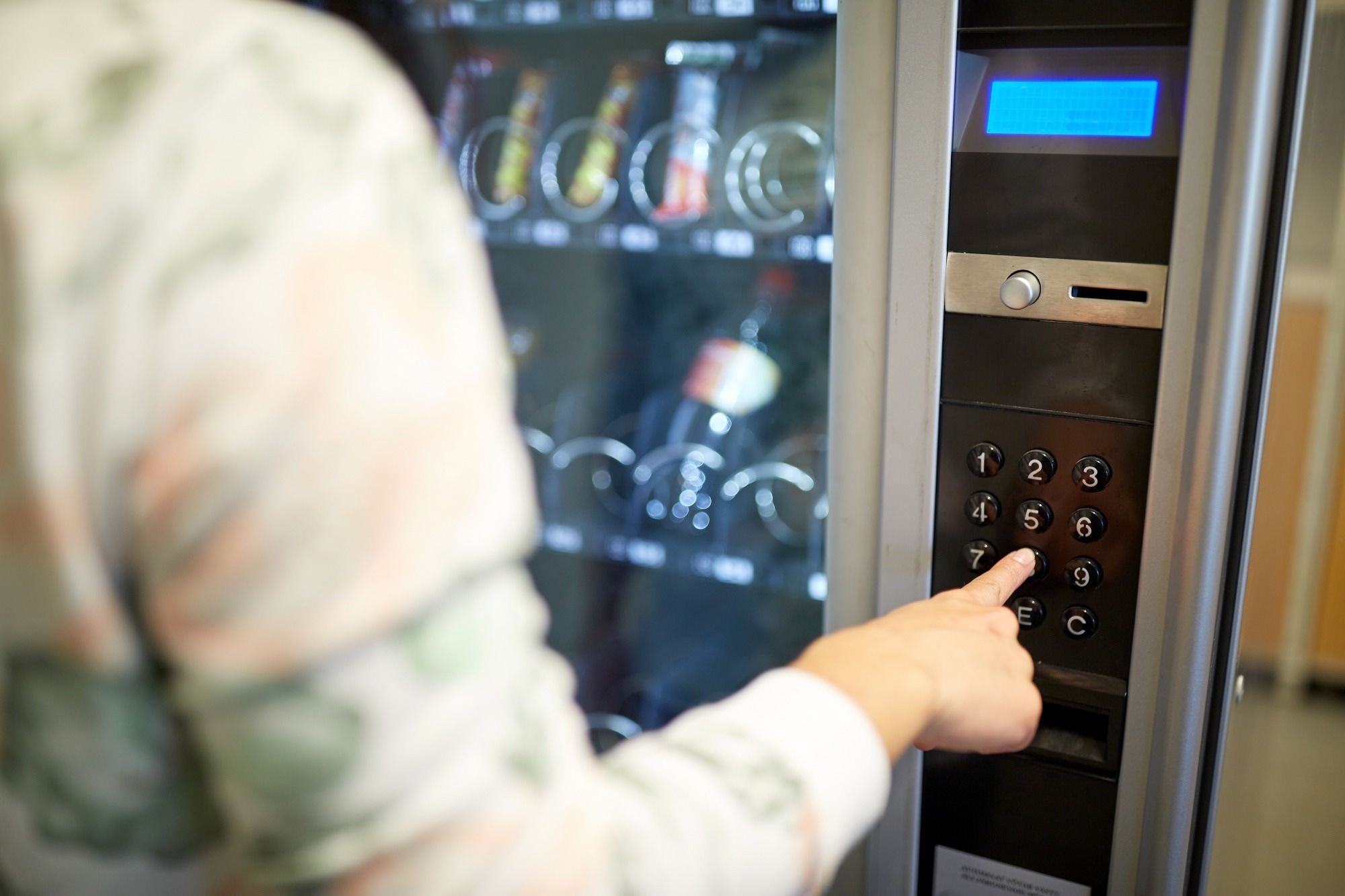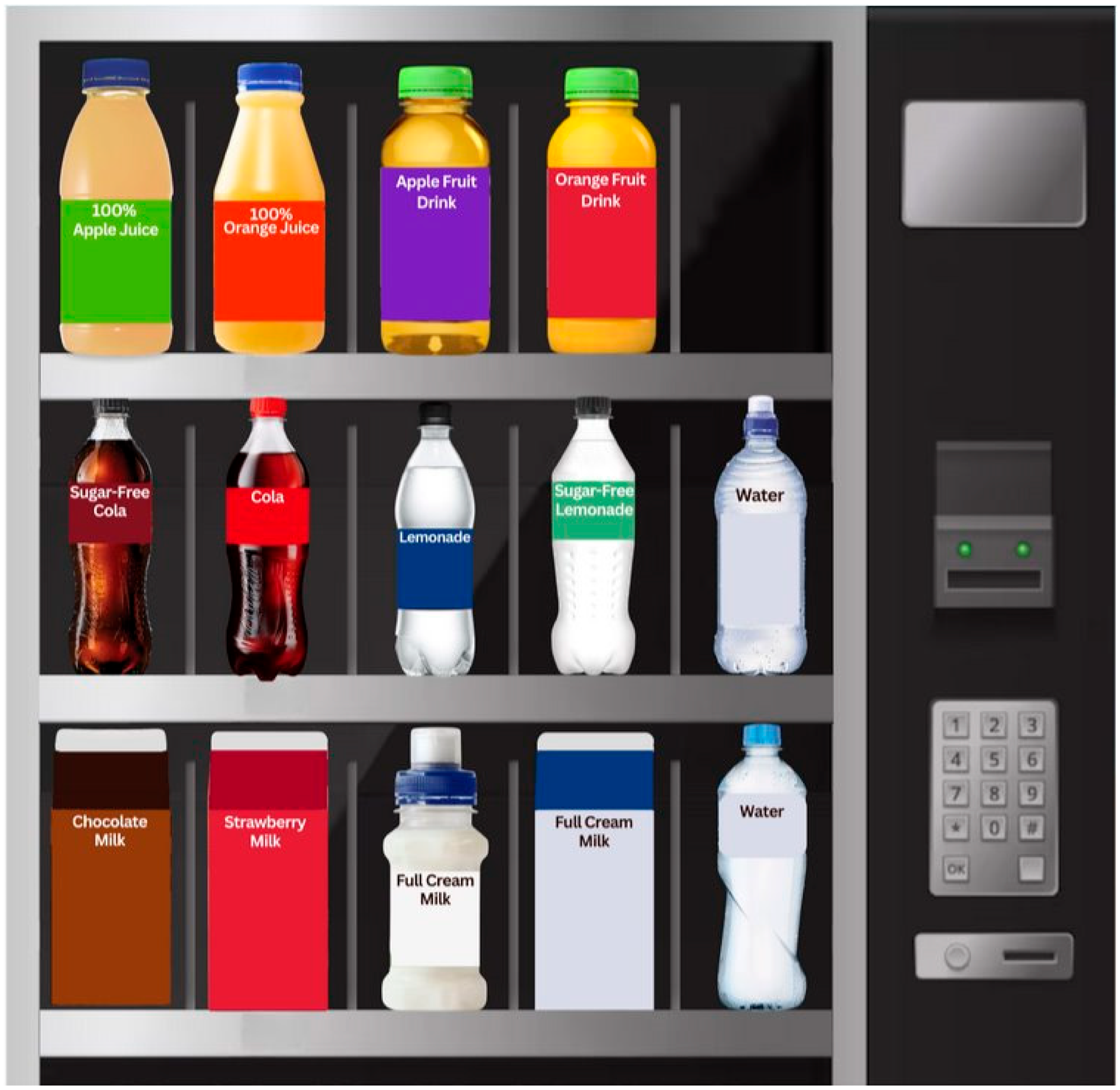Can a simple label on a bottle change what your family drinks? A study investigates whether eye-catching warning labels on sugary beverages influence the choices of kids and their parents.
 Study: Parent and Child Choice of Sugary Drinks Under Four Labelling Conditions. Image credit: Ground Picture/Shutterstock.com
Study: Parent and Child Choice of Sugary Drinks Under Four Labelling Conditions. Image credit: Ground Picture/Shutterstock.com
A recent study in Nutrients examined whether warning labels about sugar content on the front of beverage packs prompt parents and children to make healthier beverage choices.
Introduction
According to the World Health Organization (WHO), the total energy intake from sugar should be 10% or less of total daily energy intake. Excessive sugar intake increases the chances of gaining weight, tooth decay, type 2 diabetes, and other cardiovascular and metabolic diseases.
Over half of Australian children consume too much sugar, with almost 40% of this intake coming from sugary drinks.
Parents often consider 100% fruit juice and flavored milk healthy drinks. Yet they have as much sugar as soft drinks. Clever marketing of their natural content, such as vitamin C and real fruit, and the absence of preservatives falsely positions them as healthier choices.
To help consumers make informed choices, truthful nutritional information should be clearly displayed on beverage packs in an easily understandable form. For example, packs could have front labels showing energy and sugar content.
The Health Star Rating (HSR) is a label used in Australia and New Zealand. This government initiative, dating from 2014, relies on voluntary labeling. However, limited research exists on its effectiveness.
As with tobacco, warning labels on sugary drinks could shape childhood preferences and purchasing choices. These may display the number of teaspoons of sugar in a drink, the energy or sugar content, or include graphic warnings, such as pictures of tooth decay. All these provide simple and acceptable warnings. Evidence shows that adults and adolescents respond more to these warnings than to traffic light system warnings or dietary guidelines. However, little is known about their impact on younger children.
Parents often choose beverages in response to their children’s suggestions. Since childhood is a necessary time to learn lifelong dietary habits, the current study aims to understand how various front-of-pack labels influence beverage choices in young children and their parents.
About the study
The study included 1,229 Australian children aged 4 to 11 and their parents. The parents and children were asked separately to select a beverage from an online vending machine. They were then asked to choose from the same beverages again, but with randomly assigned labels.
The beverages included 100% fruit juice, fruit drink, plain milk, bottled water, a soft drink with sugar or an artificial sweetener, and flavored milk. Except for the water, all beverages were offered in two variants. Water, plain milk, and artificial sweeteners were not labeled since they contain no sugar. An expert panel rated the healthiness of the beverages.
The four labels used were the text label “WARNING: Drinks high in sugar contribute to tooth decay,” a picture suggesting tooth decay with the text “WARNING and HIGH IN SUGAR,” the number of teaspoons of sugar equivalent to the drink with the text “WARNING,” or the HSR. The latter was present on all drinks, showing different stars depending on the sugar content.
All labels were octagonal for added visual impact, resembling a stop sign.

Vending machine task pre-label exposure
 The experimental label conditions. Note: from left to right, the Health Star Rating label (adjusted to show the star rating of each drink) was displayed on all drinks in the vending machine, whereas the text-based warning label, the tooth decay pictorial label and the teaspoons of sugar label (adjusted to show the teaspoons of sugar in each drink) were only displayed on drinks with added sugar in the vending machine.
The experimental label conditions. Note: from left to right, the Health Star Rating label (adjusted to show the star rating of each drink) was displayed on all drinks in the vending machine, whereas the text-based warning label, the tooth decay pictorial label and the teaspoons of sugar label (adjusted to show the teaspoons of sugar in each drink) were only displayed on drinks with added sugar in the vending machine.
Study findings
Recall
A large proportion of participants did not remember seeing any labels. Only half of the children and two-thirds of the parents recalled the labels. Of these, 73% of children, compared to 44% of parents, accurately remembered them.
In this group, parents more often correctly recalled HSR (67%) but not the text warning or teaspoons of sugar labels (<30%). Most children (80%) correctly remembered the HSR label, and approximately 70% remembered the text warning.
Perception
The parents assigned comparable meanings to all labels irrespective of design. Both parents and children reported the least negative impact with the HSR label. The text warning and teaspoons of sugar labels worried the 4-7-year age group more than other labels. In other areas, their impact was comparable to that of HSR.
The tooth decay label had the most significant effect on slightly older children, aged 8-11. Compared to the HSR, it was perceived as easy to understand, truthful, and worry-inducing.
Beverage choice
Among children, the teaspoons of sugar label had the most significant impact on beverage choice, followed by the text-based warning and the tooth decay picture.
However, the size of these changes was small; most children did not switch to a healthier drink even after seeing the warning label.
Seeing the labels did not significantly change the beverage choices of parents or children. Statistically significant health improvements were observed in some groups of children, but the practical effect was limited.
Parents tended to choose water, artificially sweetened drinks, and soft drinks. While water and artificially sweetened drinks are generally considered healthier, soft drinks are not. Those who changed their choices selected healthier options regardless of label type.
Before labeling, and with the HSR label, the top three choices among children were flavored milk, 100% fruit juice, and soft drinks. Other labels created small shifts.
When the text warning label was shown, fruit drinks became the second most popular choice among children, overtaking 100% fruit juice. With the "tooth decay" label, water became the second most popular drink. The teaspoons of sugar label contributed to water's increased popularity, making it the third most chosen beverage.
Over 70% of parents and children did not change their beverage choices after seeing the label.
Conclusion
The study reveals that labels alone produce small changes in consumer choices. Flavored milk remains children's first choice, irrespective of warning labels.
HSR had a minimal impact among children, perhaps because it is present on all bottles, making it hard to differentiate healthy from unhealthy beverages. Additionally, it fails to evoke emotional or cognitive responses, thereby limiting its ability to influence behavior. In contrast, HSR labeling improved parental choices despite their perception of its ineffectiveness.
A large proportion of participants did not remember the labels. Better labels are required, combined with more rigorous interventions across diverse platforms and improved regulation.
The study employed a simulated online vending machine scenario; therefore, real-world results may differ. However, the full impact of front-of-pack labeling may reveal itself only with long-term follow-up in future studies.
Such evidence can shape public health policy to ensure beverages carry easily understandable nutritional labeling. This could help equip children to choose healthier drinks if they wish.
Download your PDF copy now!
Journal reference:
- Talati, Z., McAlpine, T., Mackenzie, K., et al. (2025). Parent and Child Choice of Sugary Drinks Under Four Labelling Conditions. Nutrients. Doi: DOI: 10.3390/nu17111920. https://www.mdpi.com/2072-6643/17/11/1920